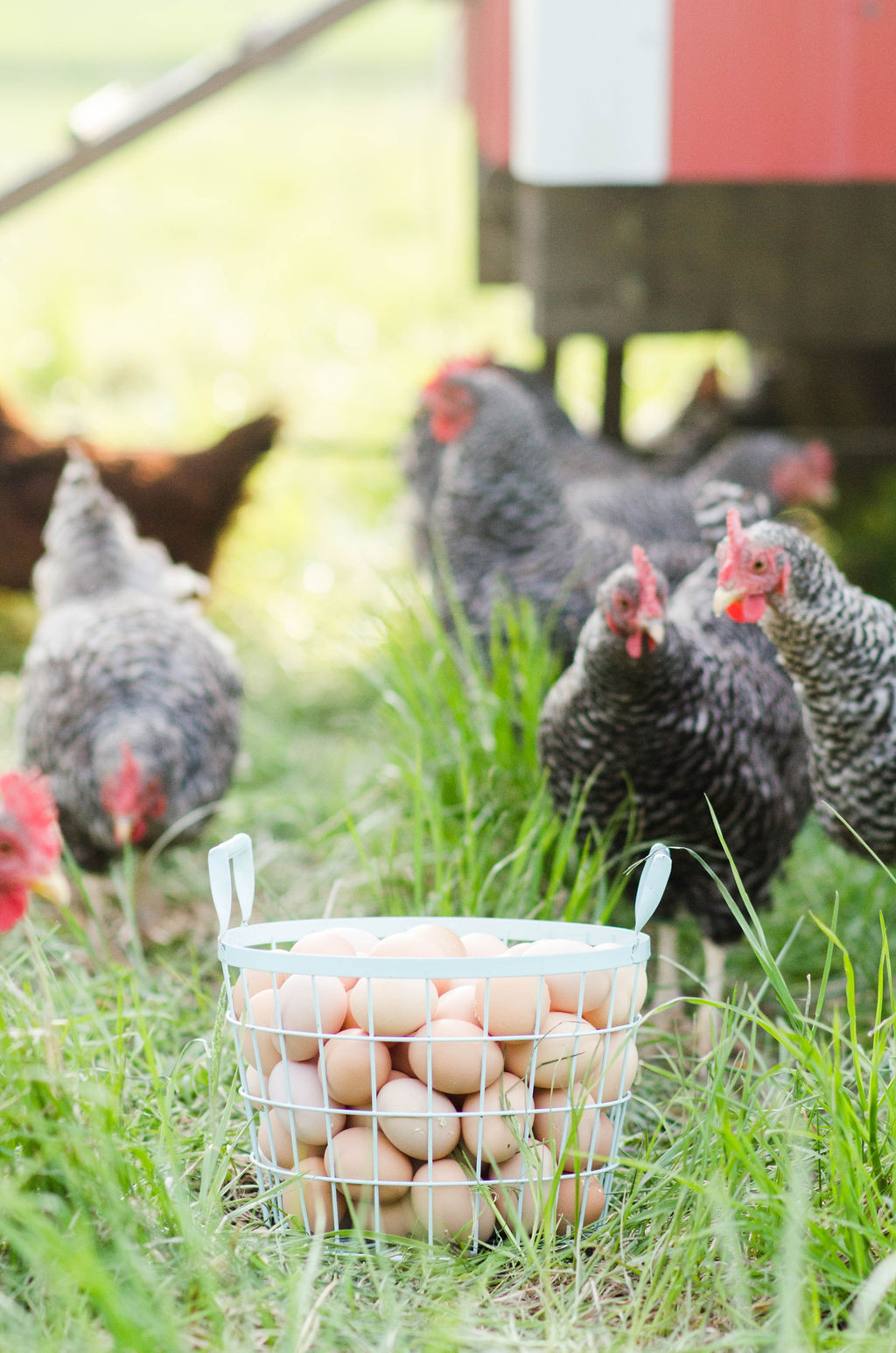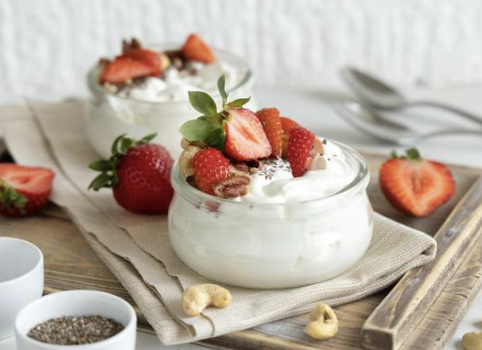Raw Milk 101
posted on
February 26, 2017
I’ve gotten used to the “Are you from outer space?” look when I tell people I drink raw milk. Actually, six years ago, if someone would have told me they drink raw milk I think I would have given them the same look.
Raw milk is a relatively new concept for us. My dad has been milking cows for 35 years, but we’ve only been drinking it raw for the last eight.
Raw milk has received it’s share of bad attention. Yes, people have gotten very sick from consuming it, and I’m not downplaying the seriousness of that, but people also have gotten very sick from consuming contaminated spinach, beef, cantaloupe, you fill in the blank...foodborne illness is not unique just to raw milk.
According to the CDC there are about 48 million foodborne illnesses each year. Out of this number, only 42 (0.0005%) are from raw milk. Dr. Ted Beals, M.D., a board certified pathologist, claims you are 35,000 times more likely to get sick from other foods than from raw milk.
We frequently get asked, “Isn’t that dangerous?” I’ll be honest, I had some reservations about drinking raw milk. Before we started drinking raw milk my dad actually sat down and said, “Well, if we’re going to die it’s probably going to be from this.”
Believe me...this was the biggest leap of faith we have ever taken.
With every glass of milk I poured for my children, I kept waiting for them to get sick. I feared having to bring them into the doctor because they got sick and then I’d have to explain that I’m an incompetent mother. But guess what? Eight years later, that day has never come.
Raw milk has helped us heal.
After making the switch to raw milk, my sister’s eczema that was unfazed by every cream ever created disappeared, debilitating seasonal allergies that required more Claritin than I care to admit vanished, stubborn excess weight started to fall off, but best of all...my youngest two kids have never had an ear infection.
- A recipe for disaster -
To truly understand raw milk you must first understand the history behind it. Here’s a very brief recap on raw milk.
Milk hasn’t always been pasteurized. It’s a relatively new concept. Pasteurization began around the time of the Great Depression. Times were tough for everyone, including farmers. Feed for their animals was scarce and/or unaffordable so many began feeding the leftovers from grain distilleries. There was also a lack of cleanliness - I’m sure fresh bedding vs. food on the table was not a tough call for many.
Anyway, the conditions were less than ideal. This milk was of such poor quality it was actually purple and chalk was added to turn it white again. Kids were getting sick and dying from drinking this stuff so people boiled it to kill the bad bacteria….and I give you the process of pasteurization.
Pasteurization has undoubtedly saved millions of lives. However, if you stop and think about everything that was going on, it’s no surprise that people got sick.
Fast forward to today...cows are confined to a barn where they can either stand up or lay down resulting in no exercise, fed an unnatural diet based mostly of genetically modified corn that has been laced with chemicals that are known to cause cancer, pumped full of hormones and antibiotics, have no access to fresh air or sunshine, and they’re pushed to the max for milk production sometimes being milked 3x/day.
Correct me if I’m wrong, but to me it doesn’t sound like living conditions have greatly improved for cows since the Depression.
When you are talking about cows that spend their days grazing fresh, lush pasture (what they were designed to eat) and they have a clean place to lay down vs. cows raised in confinement, fed an unnatural diet, and are belly deep in their own manure, you aren’t comparing apples to apples.
Unhealthy cows = unhealthy milk.
A little fun fact...a cow is designed to eat grass (have I made that point clear yet?) but when she is fed a diet consisting of grain something bad happens. The grain changes the pH in her gut which creates an environment that E. Coli and other bad bacteria can thrive in. One study suggested that grain raised cows have 300 more pathogens in their guts compared to grass-fed cows. With the low dose antibiotics used in the feed of these cows, the pathogens in their guts are becoming resistant to our antibiotics. This paints a very scary picture for humans who depend on antibiotics when necessary.
I would never even think of consuming raw milk from a factory farm. There is no way it is safe without pasteurization.
Raw milk has been such a blessing to our family and the other 45 families we provide milk to. Seeing the difference raw milk has made in our lives has made me a believer that raw milk indeed is “Nature’s Perfect Food.” The perfect example of this is the families that drink raw milk because their kids have a constant tummy-ache when they drink pasteurized milk. Not with our raw milk.
This post doesn't even scratch the surface of the health benefits of raw, grass-fed dairy. If you'd like more info check out here



